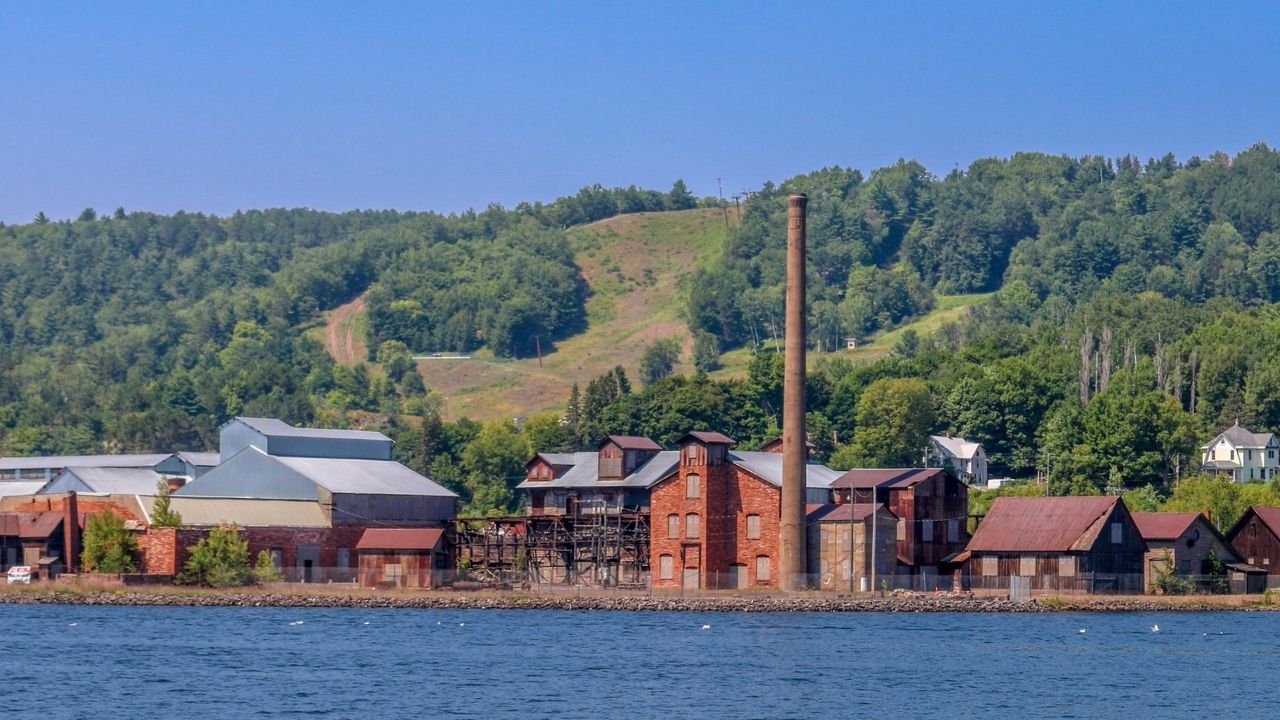Shadows Of The Smokestacks: Michigan’s Forgotten Copper Smelters

Have you ever wondered about the hidden history of Michigan's copper smelters? These industrial giants once played a crucial role in shaping the region's economy and landscape. Today, many of these forgotten copper smelters lie in ruins, their stories buried under layers of time and neglect. Exploring these sites offers a glimpse into a bygone era when copper was king and smelters were the heart of thriving communities. From towering smokestacks to rusting machinery, each site tells a tale of hard work, innovation, and eventual decline. Join us as we uncover the secrets of Michigan's lost copper smelters and the legacy they left behind.
Shadows of the Smokestacks: Michigan's Forgotten Copper Smelters
Michigan's Upper Peninsula once thrived with the hum of copper smelters. These industrial giants played a crucial role in the region's history, shaping communities and economies. Today, many of these smelters lie abandoned, their stories fading into the shadows. Let's take a journey through some of Michigan's forgotten copper smelters.
Quincy Smelter
The Quincy Smelter, located in Hancock, Michigan, is a relic of the copper boom. Established in the late 1800s, it processed ore from the Quincy Mine, one of the most productive mines in the region.
- Quincy Smelter: This site offers a glimpse into the past with its preserved structures. Visitors can explore the old furnaces, casting sheds, and other remnants of the smelting process. The Quincy Smelter Association works to maintain and restore this historic site.
Calumet and Hecla Smelter
Once the heart of the Calumet and Hecla Mining Company, this smelter in Hubbell, Michigan, was a powerhouse in the copper industry. It processed vast amounts of ore, contributing significantly to the region's prosperity.
- Calumet and Hecla Smelter: Though much of the original structure is gone, the site still holds historical significance. The remaining ruins tell the story of a bygone era when copper was king. Local historians and enthusiasts often visit to pay homage to this industrial giant.
Copper Range Smelter
Situated in Houghton, Michigan, the Copper Range Smelter played a pivotal role in the area's mining operations. It processed ore from the Copper Range Company's mines, supporting the local economy for decades.
- Copper Range Smelter: Today, the site is mostly abandoned, with only a few structures standing. However, it remains a point of interest for those keen on industrial history. The smelter's legacy lives on through the stories and memories of those who worked there.
Ahmeek Mill and Smelter
Located near Hubbell, Michigan, the Ahmeek Mill and Smelter served the Ahmeek Mine, one of the region's most productive mines. This facility processed copper ore, contributing to the area's economic growth.
- Ahmeek Mill and Smelter: While the mill and smelter are no longer operational, the site offers a fascinating look into the past. Visitors can explore the remnants of the mill, smelter, and surrounding buildings, gaining insight into the copper smelting process.
Champion Smelter
The Champion Smelter, located in Painesdale, Michigan, was an integral part of the Champion Mine operations. It processed ore from the mine, playing a significant role in the local economy.
- Champion Smelter: Though the smelter is now abandoned, its ruins stand as a testament to the area's industrial past. The site attracts history buffs and explorers interested in the copper mining era.
Tamarack City Smelter
Tamarack City, Michigan, once buzzed with activity thanks to its smelter. This facility processed ore from the Tamarack Mine, contributing to the region's copper production.
- Tamarack City Smelter: Today, the smelter lies in ruins, but its legacy endures. The site offers a hauntingly beautiful glimpse into the past, with crumbling structures and overgrown pathways telling the story of a once-thriving industry.
Baltic Mill and Smelter
Located in Baltic, Michigan, this smelter processed ore from the Baltic Mine. It played a crucial role in the local economy, supporting the community for many years.
- Baltic Mill and Smelter: Although the site is now abandoned, it remains a point of interest for those fascinated by industrial history. The remnants of the mill and smelter provide a window into the copper smelting process and the area's past.
Centennial Smelter
The Centennial Smelter, situated in Centennial Heights, Michigan, processed ore from the Centennial Mine. It was a vital part of the local copper industry, contributing to the region's economic growth.
- Centennial Smelter: Today, the site is mostly forgotten, with only a few structures remaining. However, it holds historical significance, offering a glimpse into the copper smelting era and the community it once supported.
Wolverine Smelter
Located in Wolverine, Michigan, this smelter processed ore from the Wolverine Mine. It played a significant role in the local economy, supporting the community for many years.
- Wolverine Smelter: The site is now abandoned, but its ruins stand as a testament to the area's industrial past. The smelter's legacy lives on through the stories and memories of those who worked there.
Preserving Michigan's Industrial Heritage
Michigan's forgotten copper smelters hold a significant place in the state's history. These sites, once bustling with activity, now stand as silent reminders of a bygone era. Exploring these locations offers a unique glimpse into the past, showcasing the hard work and innovation that fueled Michigan's growth.
Visiting these smelters can be a rewarding experience for history buffs and curious travelers alike. By preserving and learning about these sites, we honor the legacy of those who contributed to the state's industrial heritage.
Next time you're in Michigan, consider taking a detour to explore these hidden gems. You'll not only gain a deeper appreciation for the state's history but also help keep the stories of these remarkable places alive for future generations.

